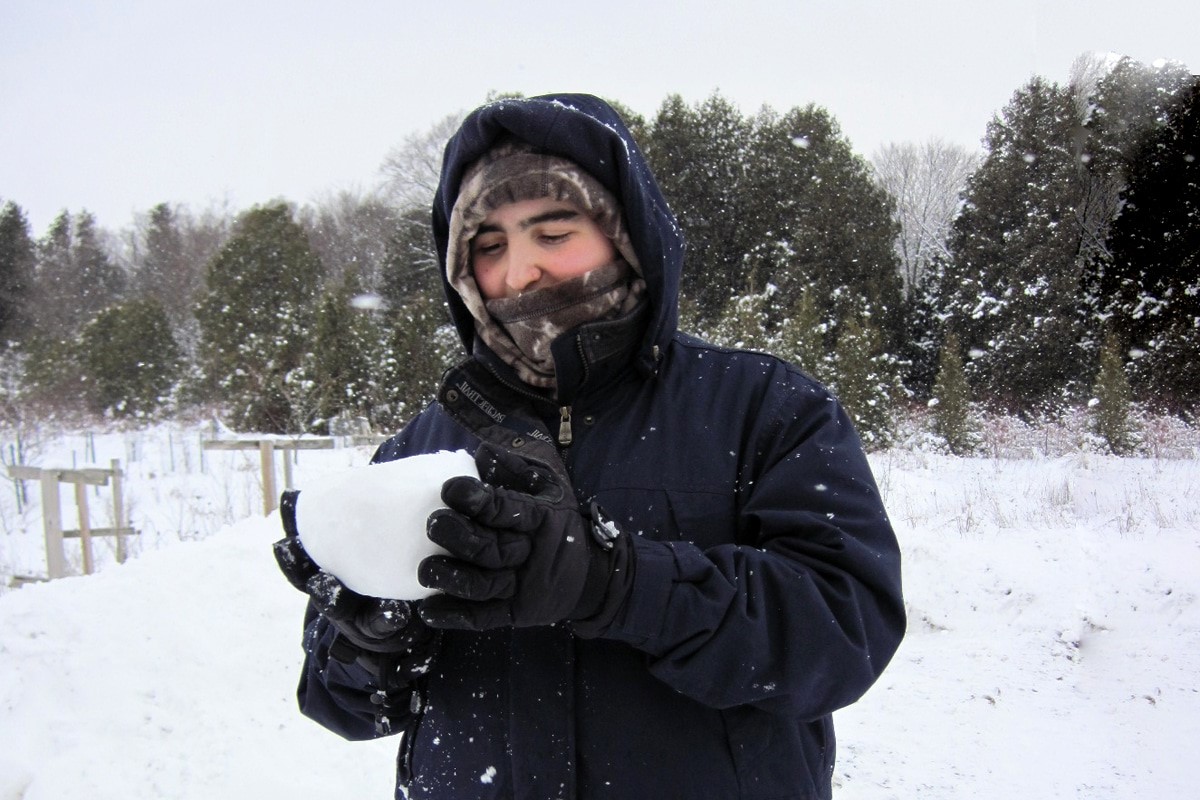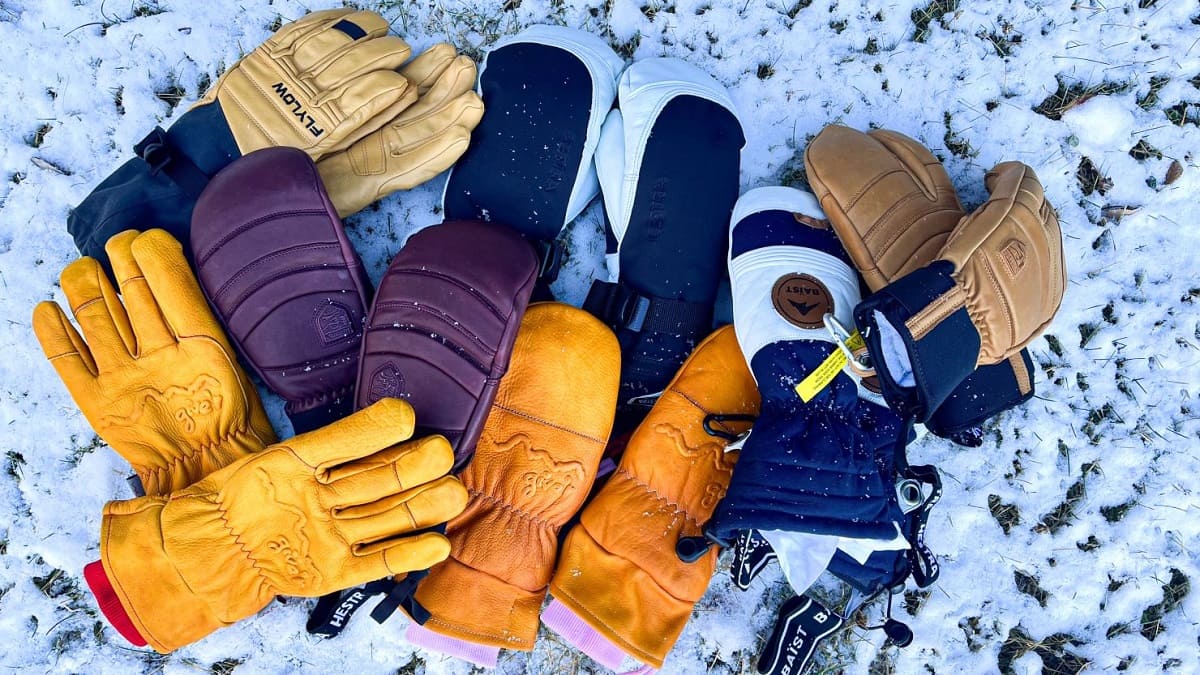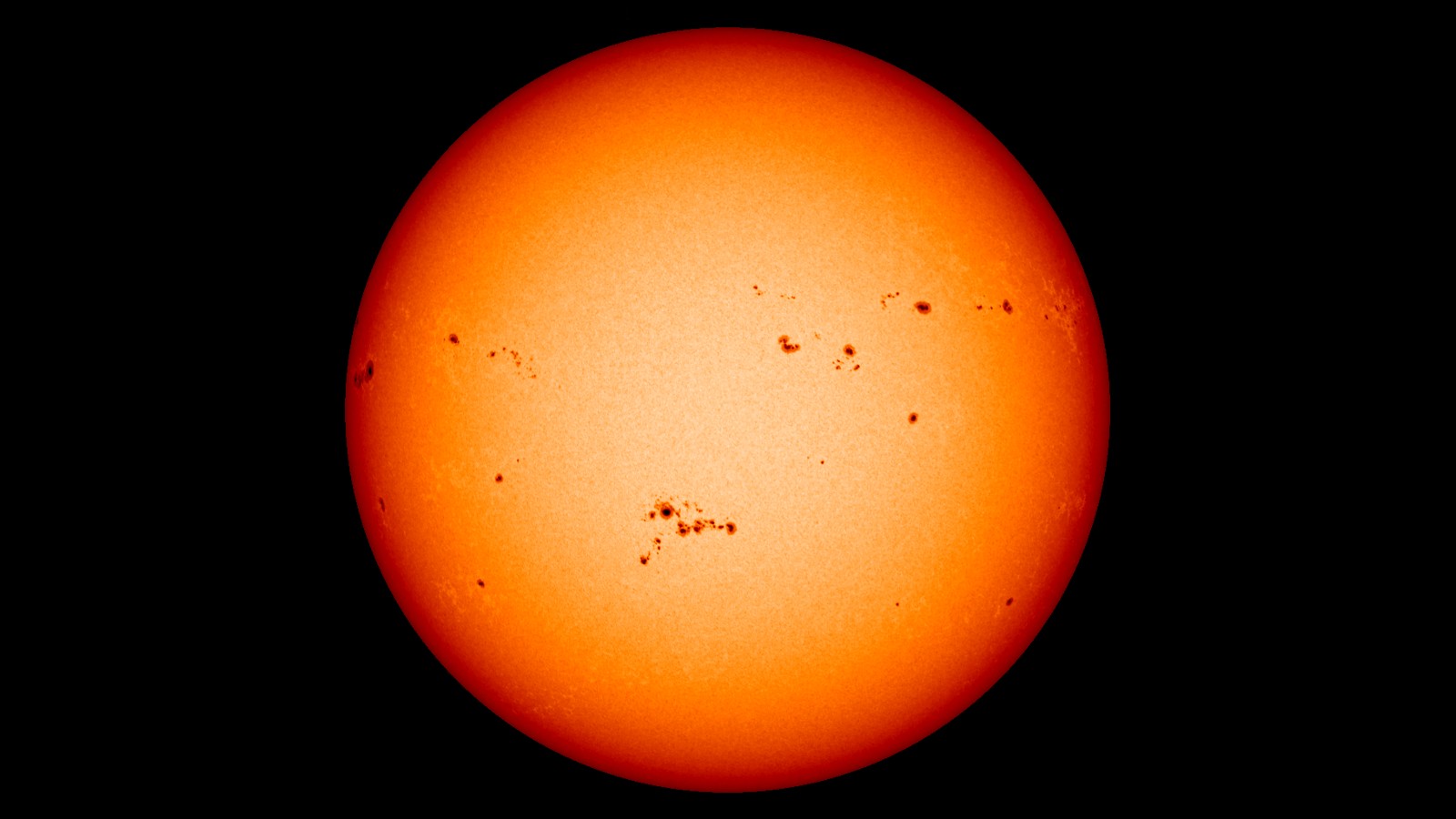Home>Weather and Climate>The Impact Of Cold Weather On Headaches: Causes And Solutions


Weather and Climate
The Impact Of Cold Weather On Headaches: Causes And Solutions
Published: March 6, 2024
Discover the causes and solutions for headaches triggered by cold weather. Learn how weather and climate impact your health.
(Many of the links in this article redirect to a specific reviewed product. Your purchase of these products through affiliate links helps to generate commission for Temperatures.com, at no extra cost. Learn more)
Table of Contents
Understanding the Relationship Between Cold Weather and Headaches
Cold weather can have a significant impact on our health, and for many individuals, it can trigger headaches or exacerbate existing ones. Understanding the relationship between cold weather and headaches is essential for effectively managing this common issue.
When the temperature drops, our bodies react to the environmental changes. The cold weather can cause blood vessels to constrict, reducing blood flow to the brain. This constriction can lead to the onset of headaches, particularly for individuals who are prone to vascular headaches, such as migraines. Additionally, the drop in temperature can result in changes in barometric pressure, which may also contribute to the development of headaches.
Furthermore, during colder months, people tend to spend more time indoors, where factors such as dry air, poor ventilation, and indoor pollutants can trigger or worsen headaches. The lack of sunlight and reduced outdoor physical activity can also impact our overall well-being, potentially leading to increased stress and tension, which are common triggers for headaches.
It's important to note that individuals vary in their susceptibility to cold weather headaches. Some may experience immediate discomfort when exposed to chilly temperatures, while others may not be affected as severely. Understanding one's own triggers and sensitivities is crucial in managing cold weather-related headaches effectively.
By recognizing the relationship between cold weather and headaches, individuals can take proactive measures to minimize the impact of environmental changes on their health. This understanding also underscores the importance of adopting strategies to alleviate cold weather headaches and improve overall well-being.
Understanding the intricate connection between cold weather and headaches empowers individuals to make informed decisions and implement lifestyle changes that can positively influence their health, ultimately reducing the frequency and severity of cold weather-related headaches.
Read more: The Impact Of Cold Weather On The Human Body
Common Causes of Cold Weather Headaches
Cold weather can trigger or exacerbate headaches through various mechanisms, impacting individuals in diverse ways. Understanding the common causes of cold weather headaches is essential for effectively managing this prevalent issue.
-
Vasoconstriction: When exposed to cold temperatures, the body's natural response is to conserve heat by constricting blood vessels. This vasoconstriction, particularly in the scalp and neck, can reduce blood flow to the brain, leading to the onset of headaches. For individuals prone to migraines or tension headaches, this physiological response to cold weather can significantly increase the likelihood of experiencing discomfort.
-
Barometric Pressure Changes: Cold weather often accompanies fluctuations in barometric pressure, which can affect the body's internal pressure regulation. These changes may impact the sinuses and other sensitive areas, potentially triggering headaches in susceptible individuals. The body's adjustment to these atmospheric variations can lead to discomfort and contribute to the development of cold weather-related headaches.
-
Indoor Environmental Factors: During colder months, people tend to spend more time indoors, where environmental factors can play a significant role in triggering headaches. Dry air from indoor heating systems can lead to dehydration, a common headache trigger. Additionally, poor ventilation and the presence of indoor pollutants, such as dust, mold, and strong odors, can exacerbate headaches, particularly for those with sensitivities to these factors.
-
Reduced Sunlight Exposure: Cold weather often correlates with decreased sunlight exposure, which can impact the body's production of serotonin, a neurotransmitter that regulates mood and can influence headache patterns. The reduction in natural light can also disrupt the body's internal clock, potentially leading to increased stress and tension, common triggers for headaches.
-
Decreased Physical Activity: In colder weather, individuals may engage in less outdoor physical activity, leading to increased muscle tension and reduced circulation. This lack of movement can contribute to the development of tension headaches and exacerbate existing migraine symptoms.
Understanding these common causes of cold weather headaches empowers individuals to recognize and address the specific triggers that may affect them. By identifying these factors, individuals can take proactive measures to mitigate the impact of cold weather on their health and implement targeted strategies to alleviate cold weather-related headaches.
How to Alleviate Cold Weather Headaches
Alleviating cold weather headaches requires a multifaceted approach that addresses both the environmental triggers and individual physiological responses. By implementing targeted strategies, individuals can effectively manage and reduce the discomfort associated with cold weather-related headaches.
Stay Warm and Hydrated
Maintaining warmth is crucial in mitigating the vasoconstrictive effects of cold weather. Wearing appropriate headgear, such as hats or earmuffs, can help retain body heat and minimize heat loss from the scalp. Additionally, staying well-hydrated is essential, as dehydration can exacerbate headaches. Consuming warm beverages, such as herbal teas, can provide hydration while also offering soothing effects.
Manage Indoor Environment
Improving indoor air quality and maintaining optimal humidity levels can significantly alleviate cold weather headaches. Using a humidifier to combat dry air and ensuring adequate ventilation can help reduce the impact of indoor environmental factors. Furthermore, minimizing exposure to indoor pollutants, such as dust and strong odors, can contribute to headache relief.
Practice Stress-Relief Techniques
Cold weather often coincides with increased stress levels, which can exacerbate headaches. Engaging in stress-relief techniques, such as meditation, deep breathing exercises, or yoga, can help alleviate tension and promote relaxation. Creating a calming indoor environment with soft lighting and soothing music can further aid in stress reduction.
Consider Dietary Adjustments
Certain foods and beverages can either trigger or alleviate headaches. Consuming warm, nourishing meals and staying adequately fueled can help regulate blood sugar levels and prevent hunger-induced headaches. Additionally, incorporating magnesium-rich foods, such as leafy greens, nuts, and seeds, may offer relief, as magnesium has been linked to headache prevention.
Seek Natural Remedies
Exploring natural remedies, such as aromatherapy with essential oils like lavender or peppermint, can provide soothing effects and help alleviate headache symptoms. Applying a warm compress to the forehead or neck can also aid in relieving tension and promoting relaxation.
Consult a Healthcare Professional
For individuals experiencing frequent or severe cold weather headaches, seeking guidance from a healthcare professional is essential. A healthcare provider can offer personalized recommendations, including potential medication adjustments or alternative therapies, to address cold weather-related headaches effectively.
By incorporating these strategies into daily routines, individuals can proactively alleviate the impact of cold weather on their health and effectively manage cold weather-related headaches. Understanding the interplay between environmental factors and individual responses is key to implementing targeted approaches for headache relief.
Lifestyle Changes to Minimize the Impact of Cold Weather on Headaches
Making lifestyle adjustments can significantly mitigate the impact of cold weather on headaches, offering individuals proactive strategies to enhance their well-being during chilly seasons.
Prioritize Regular Exercise
Engaging in regular physical activity, even during colder months, is crucial for minimizing the impact of cold weather on headaches. Exercise promotes circulation, reduces muscle tension, and stimulates the release of endorphins, natural pain-relieving chemicals in the brain. Indoor activities such as yoga, Pilates, or home workouts can provide effective alternatives to outdoor exercise, helping individuals maintain their fitness routines and alleviate the potential triggers of cold weather headaches.
Optimize Sleep Patterns
Establishing consistent sleep patterns and ensuring adequate rest is essential for managing cold weather-related headaches. Quality sleep supports overall health and helps regulate stress levels, contributing to headache prevention. Creating a comfortable sleep environment, maintaining a regular sleep schedule, and practicing relaxation techniques before bedtime can promote restful sleep and minimize the likelihood of cold weather-induced headaches.
Embrace Stress-Reducing Activities
Managing stress is pivotal in minimizing the impact of cold weather on headaches. Engaging in stress-reducing activities, such as mindfulness meditation, progressive muscle relaxation, or creative hobbies, can effectively alleviate tension and promote emotional well-being. By incorporating stress-reducing practices into daily routines, individuals can fortify their resilience against the potential triggers of cold weather headaches.
Read more: Cold Snap Causes Window Crack Woes
Establish a Consistent Routine
Maintaining a consistent daily routine, including regular meal times, hydration habits, and relaxation periods, can help stabilize the body's internal processes and minimize the impact of environmental changes on health. Establishing a predictable routine supports overall well-being, reduces the likelihood of disruptions that may trigger headaches, and fosters a sense of control over one's health during colder seasons.
Monitor Environmental Triggers
Being mindful of environmental triggers, such as strong odors, temperature changes, and indoor pollutants, is essential for minimizing the impact of cold weather on headaches. By identifying and addressing specific environmental factors that contribute to headaches, individuals can take proactive measures to create a headache-friendly environment, promoting comfort and well-being even in the midst of chilly weather.
Foster Social Connections
Maintaining social connections and engaging in enjoyable activities with friends and family can provide emotional support and contribute to overall well-being. Strong social connections and positive interactions can help alleviate stress, reduce the impact of cold weather-induced tension, and enhance resilience against headache triggers.
By embracing these lifestyle changes, individuals can effectively minimize the impact of cold weather on headaches, fostering a proactive and holistic approach to managing their health during chilly seasons. Understanding the interconnectedness of lifestyle factors and their influence on headache patterns empowers individuals to implement targeted strategies for long-term well-being.












